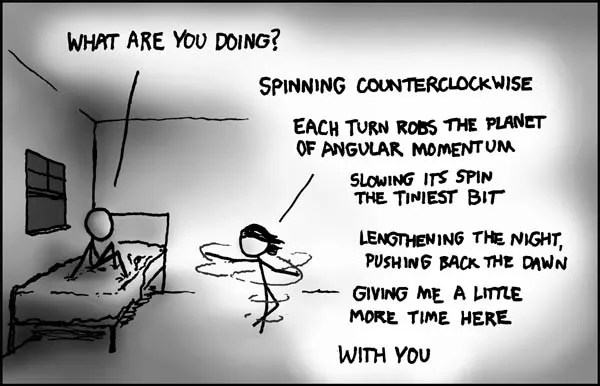By Anupum Pant
In the year 1964, the surgeon general of U.S. Public Health Service released a comprehensive scientific report that linked cigarette smoking to several deadly diseases. Of these diseases, the worst were lung and laryngeal cancer.
Even after 10 years from when this report was released, the real dangers linked with cigarette smoking could not reach the public. And even today, after having killed 100 Million people in the last century, not everybody believes that this deadly habit, really is a deadly one. There was a reason for that…
In the face of all the scientific evidence and reports, people were still being convinced to smoke, by elaborate campaigns. Before 1964, the ads promoting smoking were too absurd. But, even after 1964, when the report was released, this propaganda did not stop. In fact it blew up, as if to cover up the scientific evidence, as if to nullify the findings of the report, to seed a doubt, and to keep the public from recognizing the truth. People were being coaxed to smoke.
Fake science
Fake science was being conjured up to disprove the findings of the 1964 report. A doubt was being created in the minds of the public. The tobacco industry, a flourishing one, was funding various institutions to create fake studies that create a doubt in people’s minds. These were real scientists who were being paid to speak.
And now people started thinking that there was an actual debate going on between scientists. They thought, since scientists weren’t too sure about the harmful effects, they need not be careful with cigarettes.
Dr. Fredrick Seitz was one big player in this. He was a founding chairman of the George C. Marshall Institute. The job of people at this institute was to popularize cigarettes (or tobacco) by creating a doubtful atmosphere, saying with phony scientific studies, that the scientists who said cigarettes caused cancer, were not really sure about what they said.
The same institute ran several campaigns against the dangers of other actually dangerous things like acid rain, ozone depletion and DDT. They said acid rain, ozone depletion and DDT weren’t really harmful. In return, they were being funded big bucks from major businesses.
Their campaign against the dangers of cigarettes delayed the response of general public by a decade. Roughly, you could even say that this very campaign was one reason that caused 10 Million deaths. They probably weren’t happy that their fake science was killing masses. But they were getting paid well. Wasn’t it a massacre?
The Next Big Thing
Pro-cigarette and others were relatively smaller campaigns. Now, they were on to something big. This time, it was the largest conglomerates – Petroleum industry – in the world who wanted to fund the institute to create phony science that would create a doubt about global warming. The petroleum industries did not want their industry to collapse after the real science came out with results that could hurt them. They wanted to create a delay in the response from the public. Just like the decade’s delay which happened after the 1964 report.
This time the lives of millions are not at stake, it’s Billions.
Now do you really think that global warming is a delusion? Are scientists really doubtful if the world is getting hotter? Or a fake doubt is being created by the likes of George C. Marshall Institute.
Here is the video which educated me about it:
You probably have your answer.
There is no doubt. Global warming is real. The doubt that is being created is a phony one.
Hit like if you learnt something.






























